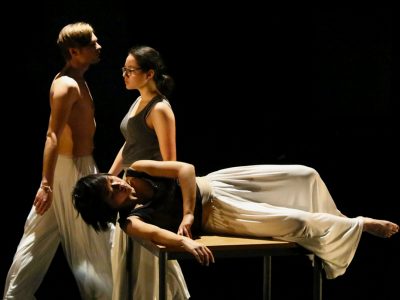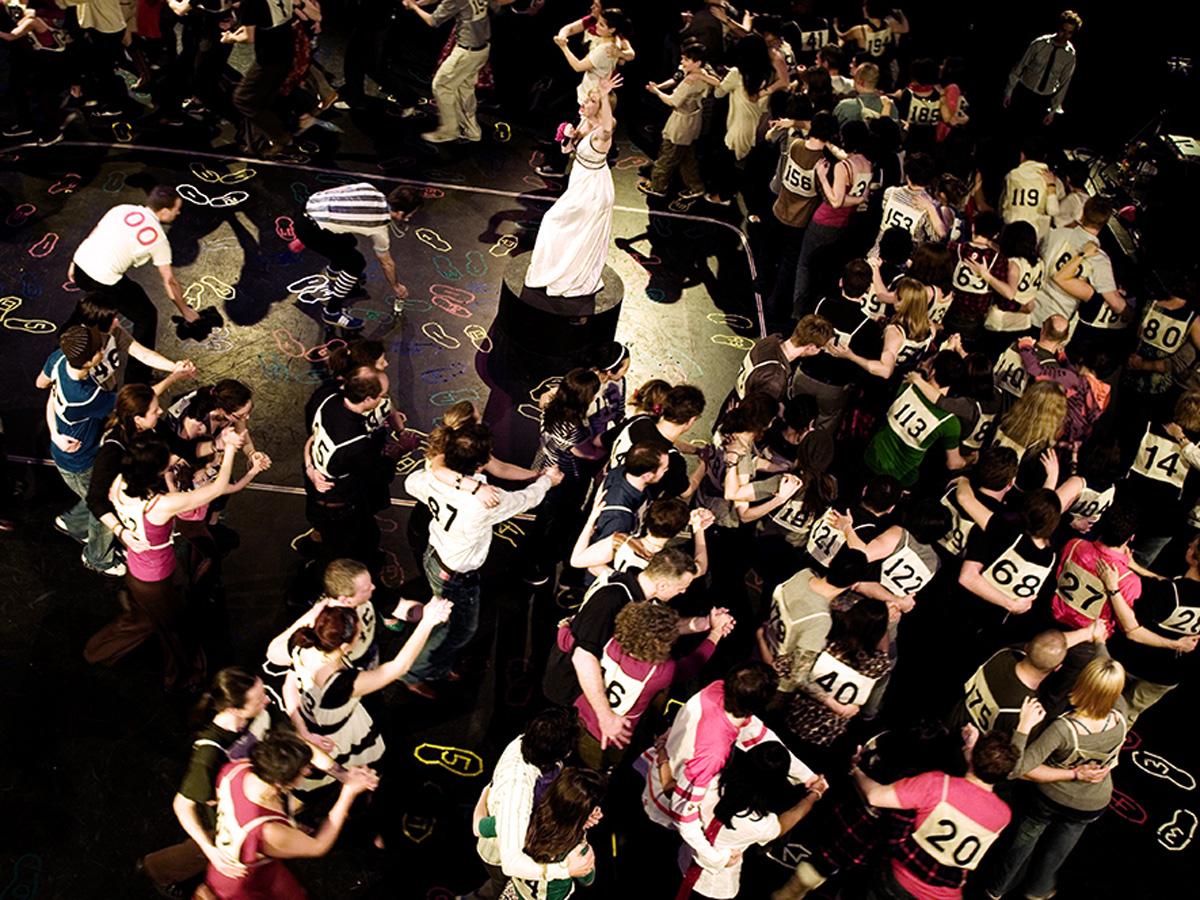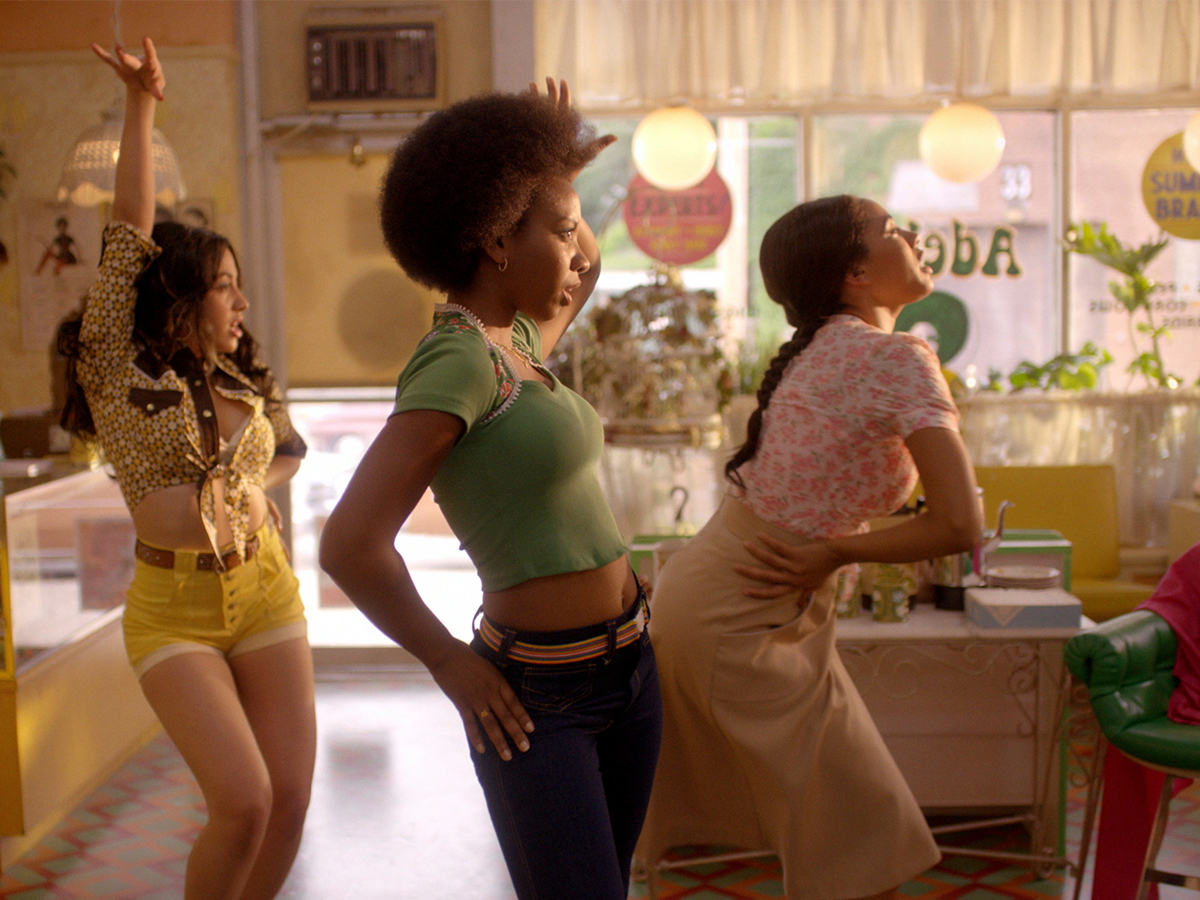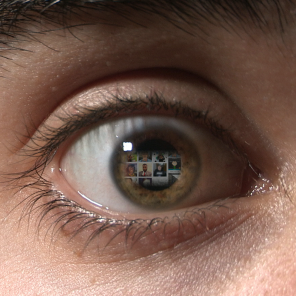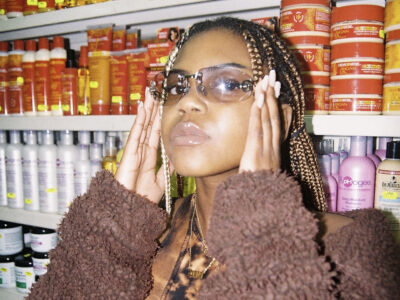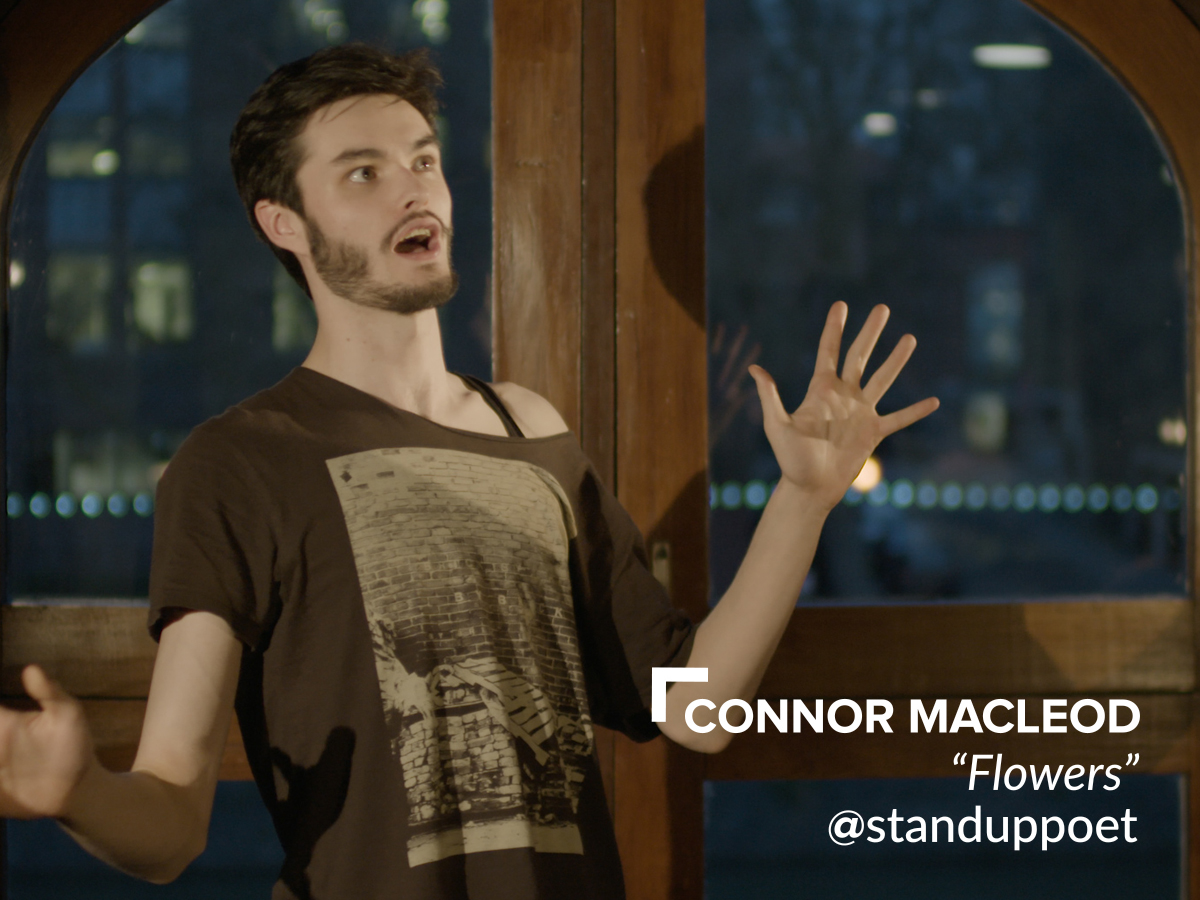Dancer Deepraj Singh on Bristol, breaking down barriers and being better
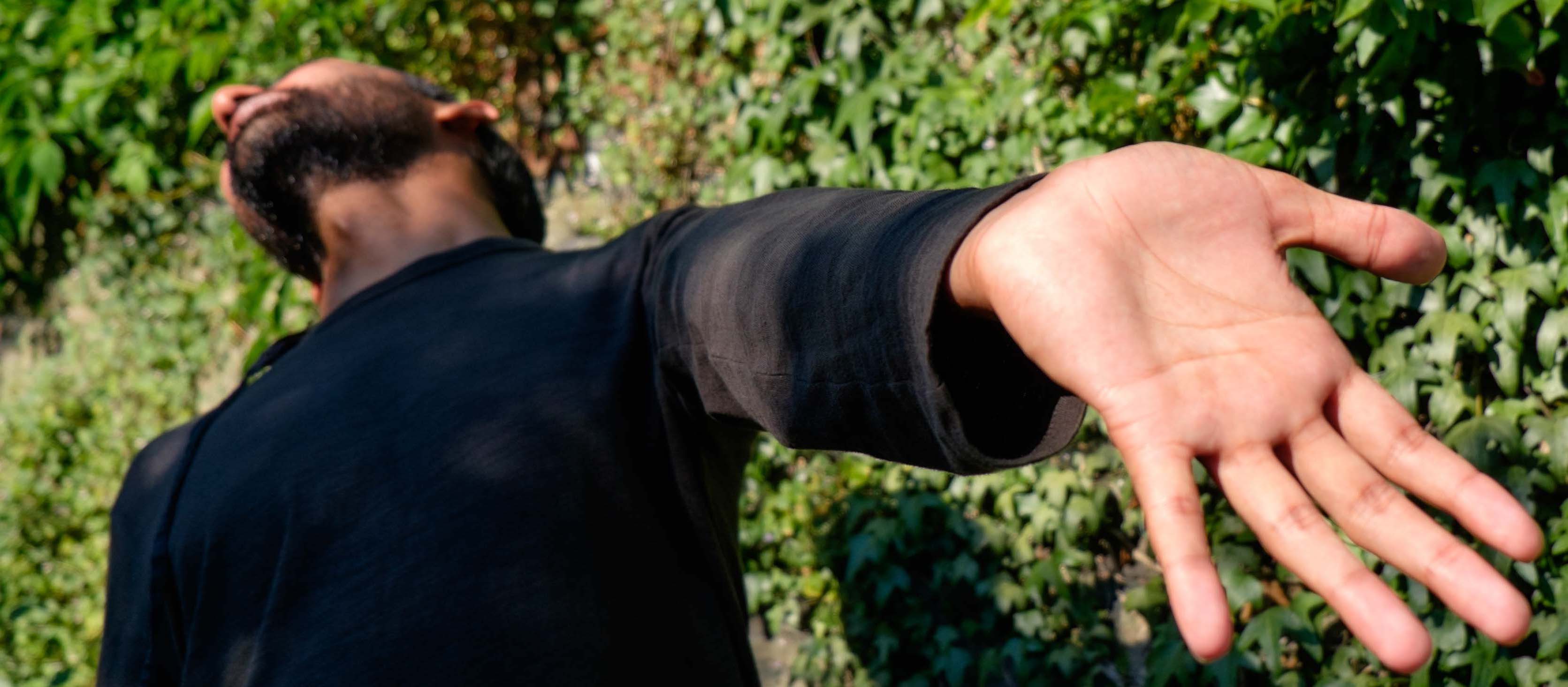
We catch up with Deeps to hear about his visceral new show that’s coming to The Station this week
Sometimes you have to circle back to where you’ve come from to go forwards. At least, that’s what’s happened to dancer, choreographer and producer Deepraj Singh. The Easton-born 25-year-old has returned to his hometown of Bristol from London to make Creative Youth Network‘s summer show as the organisation’s first ever commissioned artist. The resulting contemporary dance theatre production is called Rooted, and explores stories of people who have experienced isolation. It’s performed by young dancers using visceral group choreography and will be running from Thursday till Sunday at Bristol’s The Station. Grab a ticket here, and read our chat with him below.
Deeps, give me a ‘potted history of Deepraj Singh.’
I grew up in Easton with my Mum, Dad and two older sisters. I feel like my family have played a real influential role in my life, especially my sisters. In fact, I describe my family as ‘me, my dad and my three mums.’ We weren’t exactly a ‘well off’ household, but it made us a really tight knit family. We’re all really vocal and communicative. In fact, I think it’s this that gives me such expression in my dance today. When I was 13 we moved to Redland, closer to my school.
My Grandparents played a really big role in my upbringing. My Grandad was creative. My mum thinks I get my creativity from him. He came to Bristol and made the first continental spice shop outside of London. The shop is still there today opposite the Sikh temple. He also brought the first Sikh holy book to Bristol. My Grandparents really brought the community together through the shop and holy book. My Mum has memories of people queuing in the family home to read it. Grandad noticed there was a need for people to connect after the service, so hired a space to bring the community together and made Bristol’s first Bollywood film cinema. He was a pioneer of thinking about the community and how to build it and strengthen it. He knew that the arts were the way to do it. He died when mum was seven and my Grandma passed away two years ago. Both of them had celebrations of their deaths in their shop.
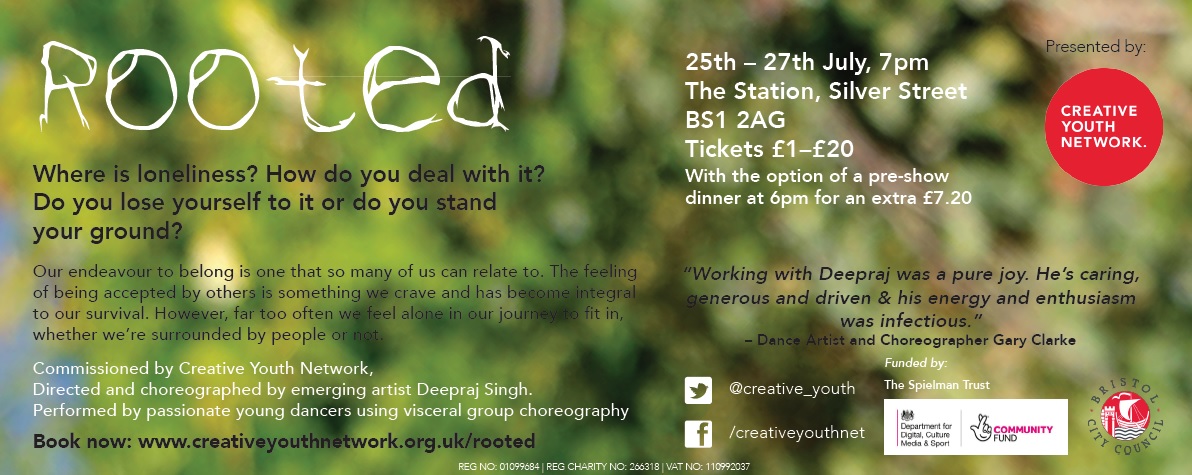
How did you get into dance?
I started off doing capoeira for five years. From there I went onto Kinesis Youth Dance Company and later onto Swindon Youth Dance. I loved the way that you could be in a room with lots of other people, and be doing exactly the same movements as those on the other side of the room. Without speaking, just moving, you’d be doing the same thing and communicating.
I was on the Swindon Urban Programme and realised I wanted to go to dance school and switched to their Contemporary programme and did a year with them. I applied to London School of Contemporary Dance and was unsuccessful. It made me go back and do another year with Swindon Contemporary Youth Dance and reapplied to London Contemporary. I think they remembered me and liked that I’d gone away, learnt more, developed and kept at it. I was successful with my second application and then went and studied in London before coming back to Bristol. Since then I’ve been developing as a professional dancer and choreographer with help from Creative Youth Network. Last year, I toured in The Troth and performed in The Edge.
Are there any moments that really inspired you?
It was at school that I learnt dance is a culture. We had visiting dance companies come in and work with us, including Kompany Malakhi, who I worked with on a Hip-Hop School project. The first dance project that I got involved with was at the Kuumba Project celebrating their 40th birthday. In the piece we created work about identities and gave ourselves names, characters and made our own backing tracks to perform to.
There was a sense of pride there because there was someone on the screen who looked similar to me. The piece was also beautiful and inspiring and it used his cultural background alongside contemporary dance.
When I was in school I remember seeing a film of ‘Rush’ by Imran Khan. Seeing someone of my ethnicity hooked me and made me think that I could do this. There was a sense of pride there because there was someone on the screen who looked similar to me. The piece was also beautiful and inspiring and it used his cultural background alongside contemporary dance. It’s all coming back to me… One really big point for me was whilst I was in Year 6, I got to perform on the Hippodrome stage to a full audience as part of the Stages Festival. It was huge and life-changing. Being able to perform in that amazing venue was a massive deal and changed me.
How did you come to working with Creative Youth Network?
At 21 I’d just finished at London Contemporary and came back to Bristol. I contacted The Station and met Nick Young, the Creative Director. Nick mentioned the alumni that had been set up to support emerging young artists. He suggested I join it. He also said he was looking for a choreographer for their first in-house production that he was directing. From there I went onto choreographing ‘Cinderella’. Whilst on the alumni I got asked to join the Artistic Sub-Committee to Creative Youth Network’s trustees and then went onto being asked to become a Trustee to the organisation. I continued to work with them as a dancer and supported their shows. I went onto working with choreographer Gary Clarke and toured India and the UK in the The Troth. In between tours I continued attending Alumni Shared Lunches at Creative Youth Network. It was then, accompanied with the knowledge form the shows I’d done, that I suggested to Nick and Emily that the alumni take on bigger, more responsible roles at Creative Youth Network. Having spoken to other alumni members and young artists from the Artistic Sub-Committee it was agreed that we’d look at ways of taking on more professional roles at the organisation. Around this time I was setting up dance workshops for pro dancers with Jack Sergison from the alumni and Emily asked me to join the cast for their 2019 show, The Edge, as a paid member of the cast. After opening night, both Emily and Nick turned to me and said “so how about it, fancy making our summer show 2019 and being our first commissioned artist?”. I instantly said “yes!”
What does the commission mean to you?
It’s big. I really wanted to prove to myself that I could do something like this – generating ideas and being in a leadership role. These are things that I’ve struggled with before, so this commission has been invaluable for me to learn how to lead, lead with others, communicate, value myself, the work and other’s contributions. It’s been invaluable in learning and refining my style of choreography and seeing if it works. Given the circumstances, where we’ve need to push for recruitment and deliver outreach, through the process I think I’ve become a better leader. It’s really nice to have the trust from both sides – organisation to artist, artist to organisation and I’m looking forward to learning even more during the remaining rehearsals, show itself and life after the show. This process has made me realise that I want Rooted to go forward and I’d like to apply for future funding to help tour and develop it further – I’d like to take the skeleton of the production into schools and work with students and young people, including dance schools and colleges. The commission from Creative Youth Network has shown me that I can do this – it’s given me confidence to think what else I could achieve, whilst refining my vision of choreography and trusting myself more.
Tell us about Rooted.
After I was asked by Emily and Nick to make the summer show, I started to think about what’s important to me. I kept coming back to the story of my grandparents, how they arrived in Bristol as one of the first families from India and want onto creating a community around them. The feeling I kept coming back to is that of ‘belonging’. I knew that Emily and Nick wanted me to use their developed model of practice when creating new work, and ensuring that it was relevant, accessible and engaging for young people. Wherever possible I knew I needed to share the stories and opinions of those who otherwise wouldn’t get heard. Emily had mentioned that youth in isolation was a big issue and one of the highest referral reasons into Creative Youth Network’s Youth Services team throughout Bristol. Some of the stories I heard were shocking – one young person they were working with hadn’t left their home for years. We felt that by developing a piece about isolation and belonging could be really powerful, and Rooted was born.
Some of the stories I heard were shocking – one young person they were working with hadn’t left their home for years.
Have you ever been affected by isolation?
Yes, I have been. When I was at school I was someone who was never really in a group. I was on the surface, but never really part of the core social groups. I never really had a clique. It did leave me feeling quite lonely at times. I guess you could say that dance gave me a belonging.
What are your thoughts on dance in Bristol?
The opportunities that were on offer to me as a young person don’t all exist anymore. I really worry for how we’re going to provide young people with access to opportunities that inspire. That’s why I love being a Trustee at Creative Youth Network – we provide so much, and especially for those in areas where they wouldn’t otherwise have support or programmes. We also need to make dance more accessible. We need to make the standard of the work being made and shown here something to rival London. Through making dance accessible and allowing people to appreciate it, especially those who aren’t from a dance background, we can raise the bar. I also think we need to provide more opportunities for the dance professionals within the city.
Finally, what are your thoughts on how the arts can play a role in society?
For me, the big issue is making sure young people have access to creativity, especially as it’s coming out of the curriculum – that’s what inspired me and became my passion. We also need to address the issues of barriers into the industry. Governments need to trust artists to get the messages across, to make change in great scale and trust that people will make changes themselves when given the access and option to do so. I believe the arts have the power to raise voices and share stories, such as loneliness and isolation, to inspire and change lives. Who knows where I’d be today without dance.
You can find out more about Rooted and book tickets at www.creativeyouthnetwork.org.uk/rooted

